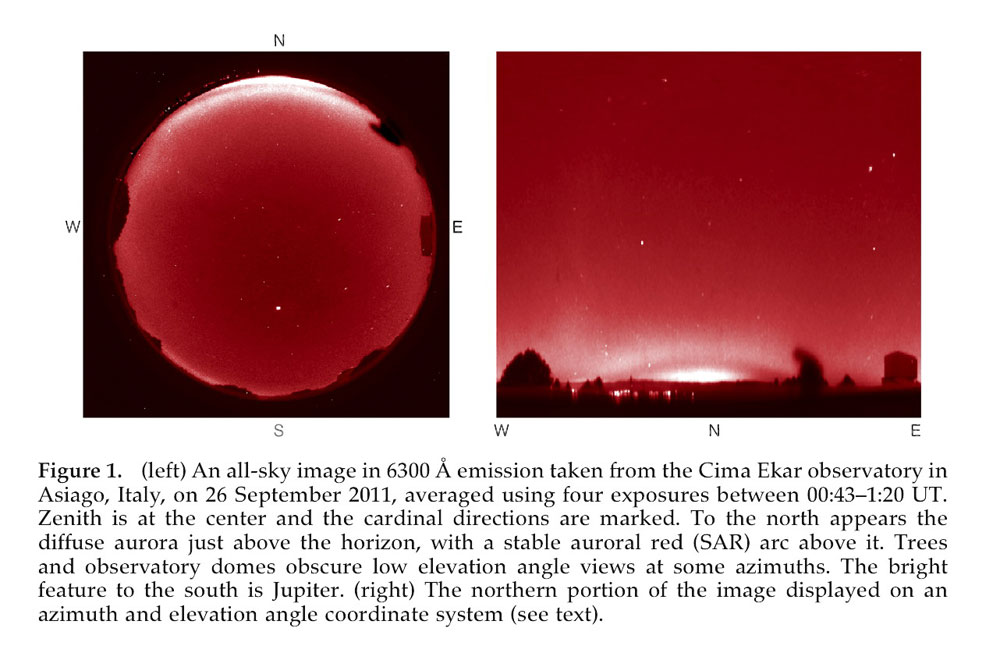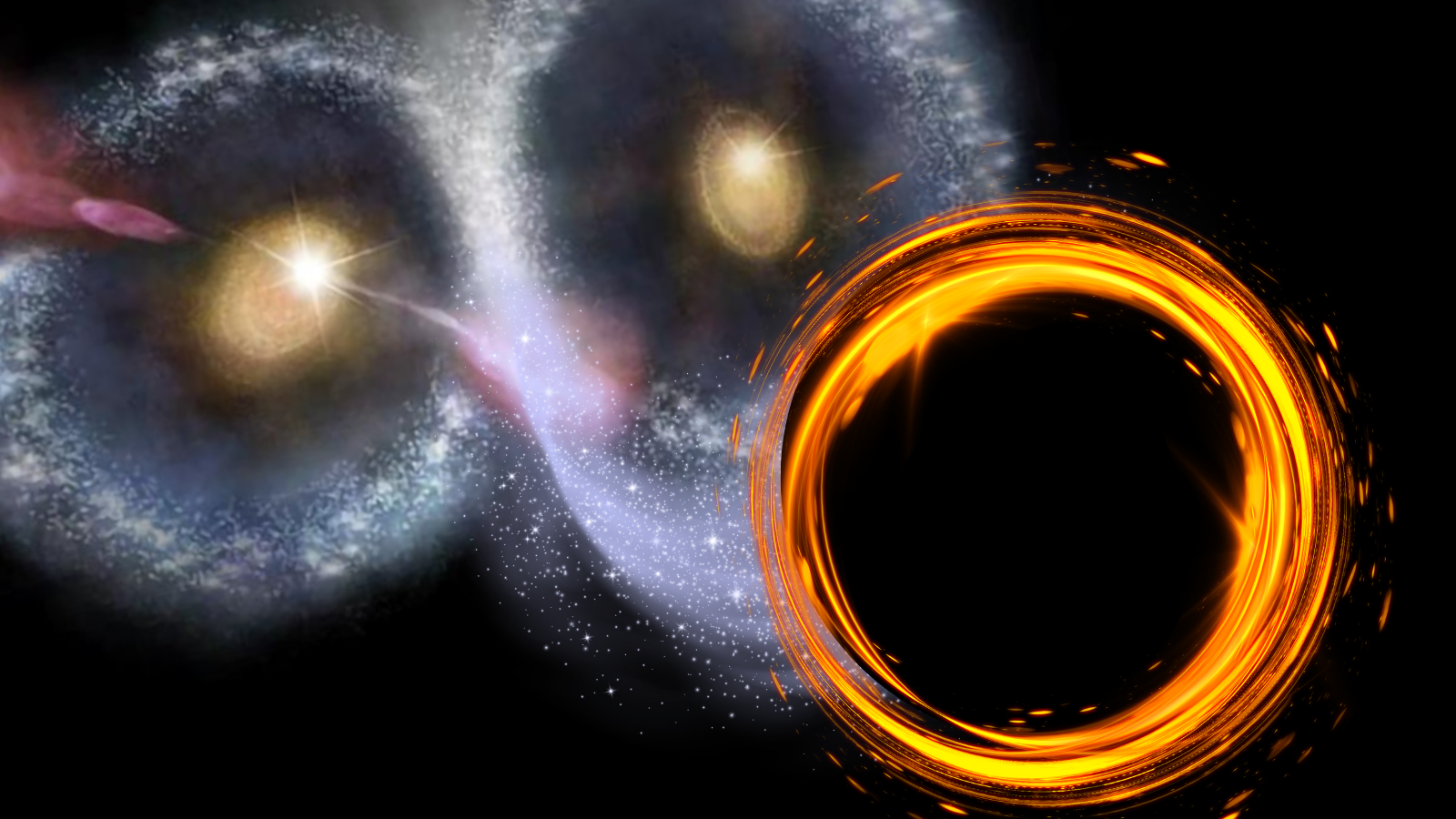Faint 'Red Arcs' Spotted Over Europe

Glowing red arcs invisible to the naked eye have now been detected high above most of Europe using advanced cameras pointed at the sky.
When streams of high-energy, charged particles come rushing from the sun to batter Earth, they cause what are called geomagnetic storms. These events are disruptions in the magnetosphere, the part of Earth's atmosphere dominated by the planet's magnetic field. The most dramatic effects of these storms are giant, bright auroras in Earth's polar regions, but the tempests result in other striking consequences as well, such as faintly glowing red arcs high up in the ionosphere. This is the electrically charged part of Earth's atmosphere, stretching from about 50 to 370 miles (85 to 600 kilometers) above the Earth.
The arcs give off a very specific wavelength of red light, but are too faint to see with the naked eye. They appear at lower latitudes, unlike auroras, which typically occur over higher latitudes.
Scientists had thought there was too much light pollution over Europe for the dim, red arcs to be visible. But now, the new All-Sky Imaging Air-Glow Observatory (ASIAGO), located in northern Italy, is using cameras with highly sensitive sensors and a fish-eye lens to observe these red arcs and faint auroral activity over most of the continent. [Image Gallery: Amazing Auroras]
An international team of scientists watched the sky with the observatory during a geomagnetic storm that struck Earth in 2011. After comparing their observations with satellite- and ground-based observations, the researchers found that red arcs could reach all the way down to Europe, stretching from Ireland in the west to Belarus in the east.
The fact that scientists can now see these arcs over Europe means that, in combination with similar data from the Americas and the Pacific Ocean, researchers can now see how long the arcs stretch across vast distances over the planet "and thus how long it takes the magnetosphere to be drained of its storm-time energy," researcher Michael Mendillo, a space physicist at Boston University, told OurAmazingPlanet. (Red arcs happen when oxygen atoms in the ionosphere emit light, after being excited by electrons heated at greater heights in Earth's magnetosphere.)
Such data could in turn help scientists analyze the effects of space activity on radio communications in real time and support projects aiming to model space weather, researchers added.
Breaking space news, the latest updates on rocket launches, skywatching events and more!
The scientists detailed their findings online Feb. 25 in the journal Space Weather.
This story was provided by LiveScience's OurAmazingPlanet, a sister site to SPACE.com. Follow OurAmazingPlanet @OAPlanet, Facebook & Google+. Original article at LiveScience's OurAmazingPlanet.

Charles Q. Choi is a contributing writer for Space.com and Live Science. He covers all things human origins and astronomy as well as physics, animals and general science topics. Charles has a Master of Arts degree from the University of Missouri-Columbia, School of Journalism and a Bachelor of Arts degree from the University of South Florida. Charles has visited every continent on Earth, drinking rancid yak butter tea in Lhasa, snorkeling with sea lions in the Galapagos and even climbing an iceberg in Antarctica. Visit him at http://www.sciwriter.us

